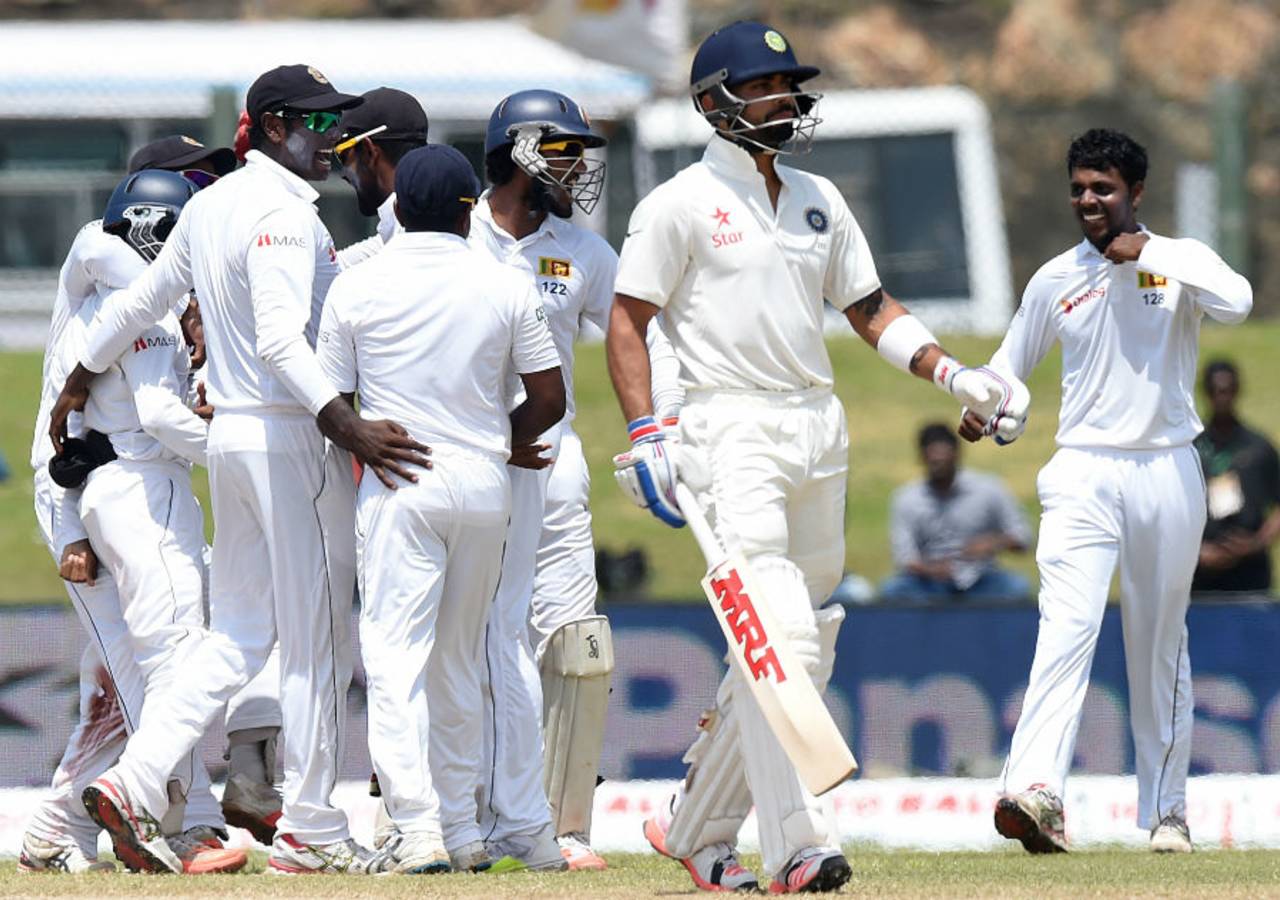Seam-friendly tracks leave India in a spin
With pitches across the country being groomed to suit seamers, India's batsmen find themselves in an altered reality: mostly capable against pace, but lacking in experience against quality spin

Even the most skilled practitioners against spin can become rusty if they do not face quality slow bowlers in pressure situations regularly • AFP

Sharda Ugra is senior editor at ESPNcricinfo